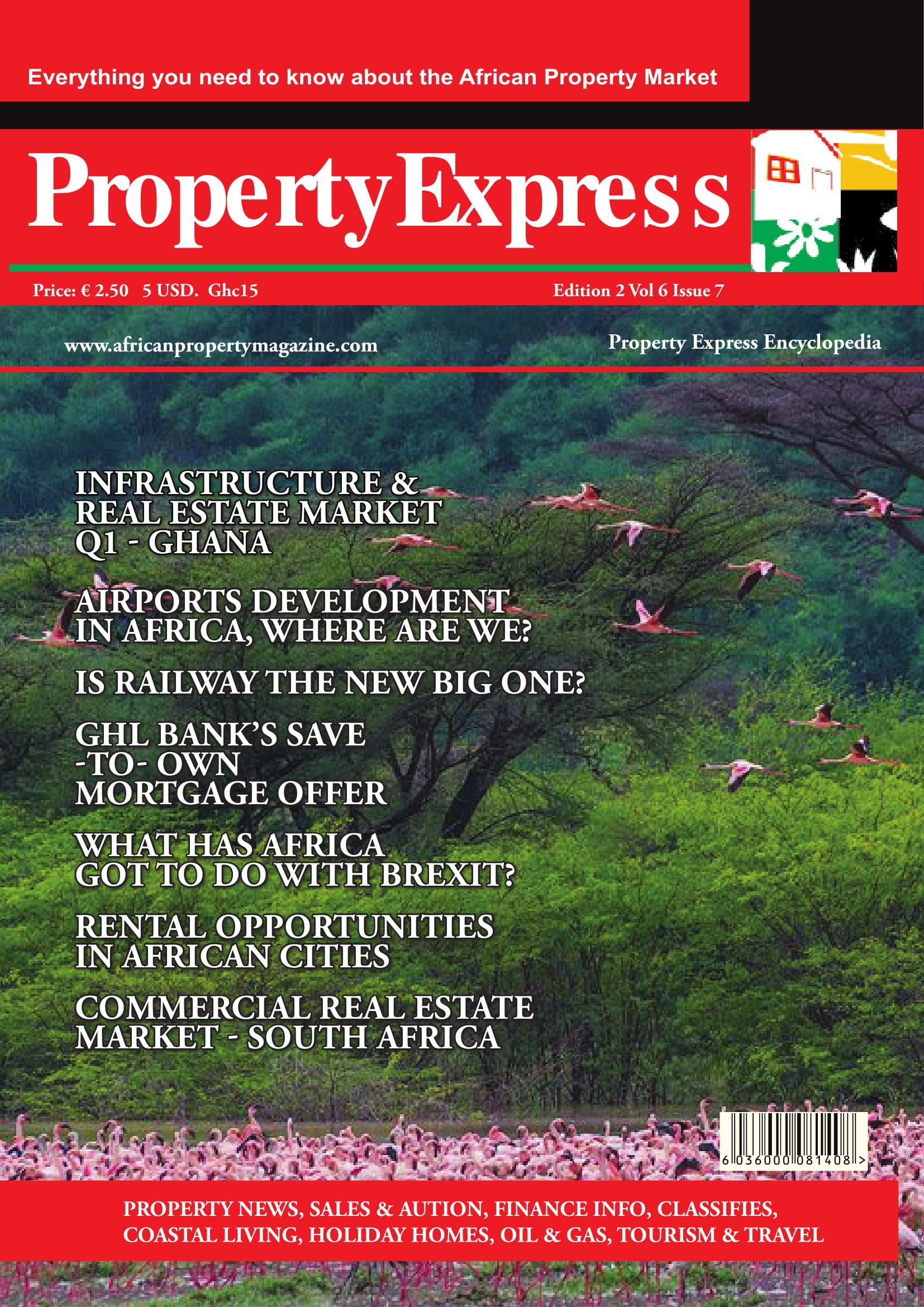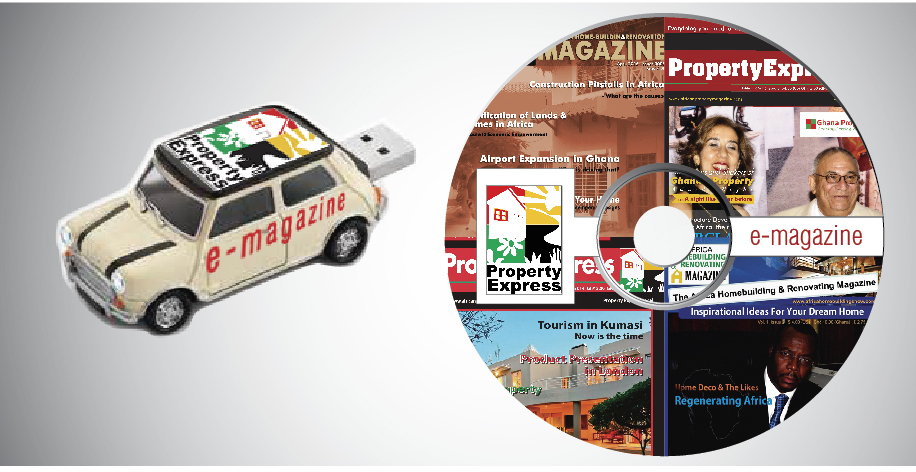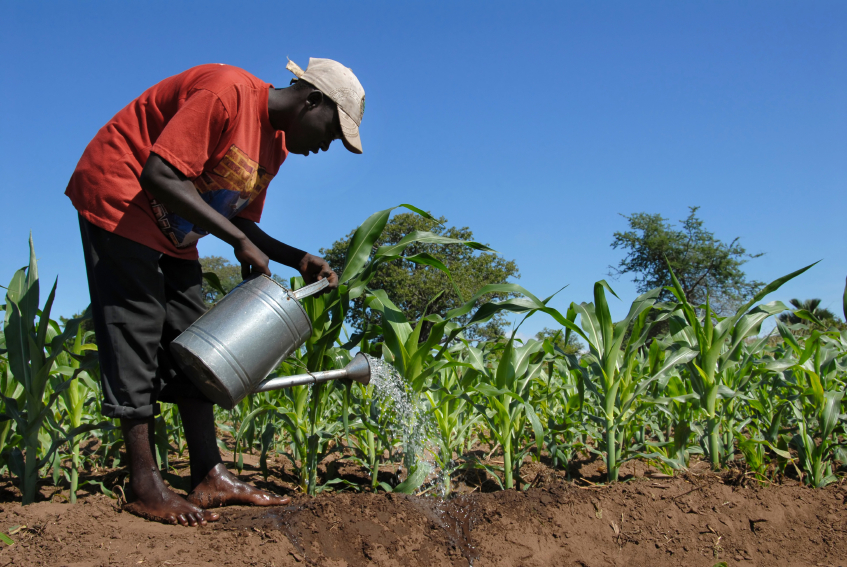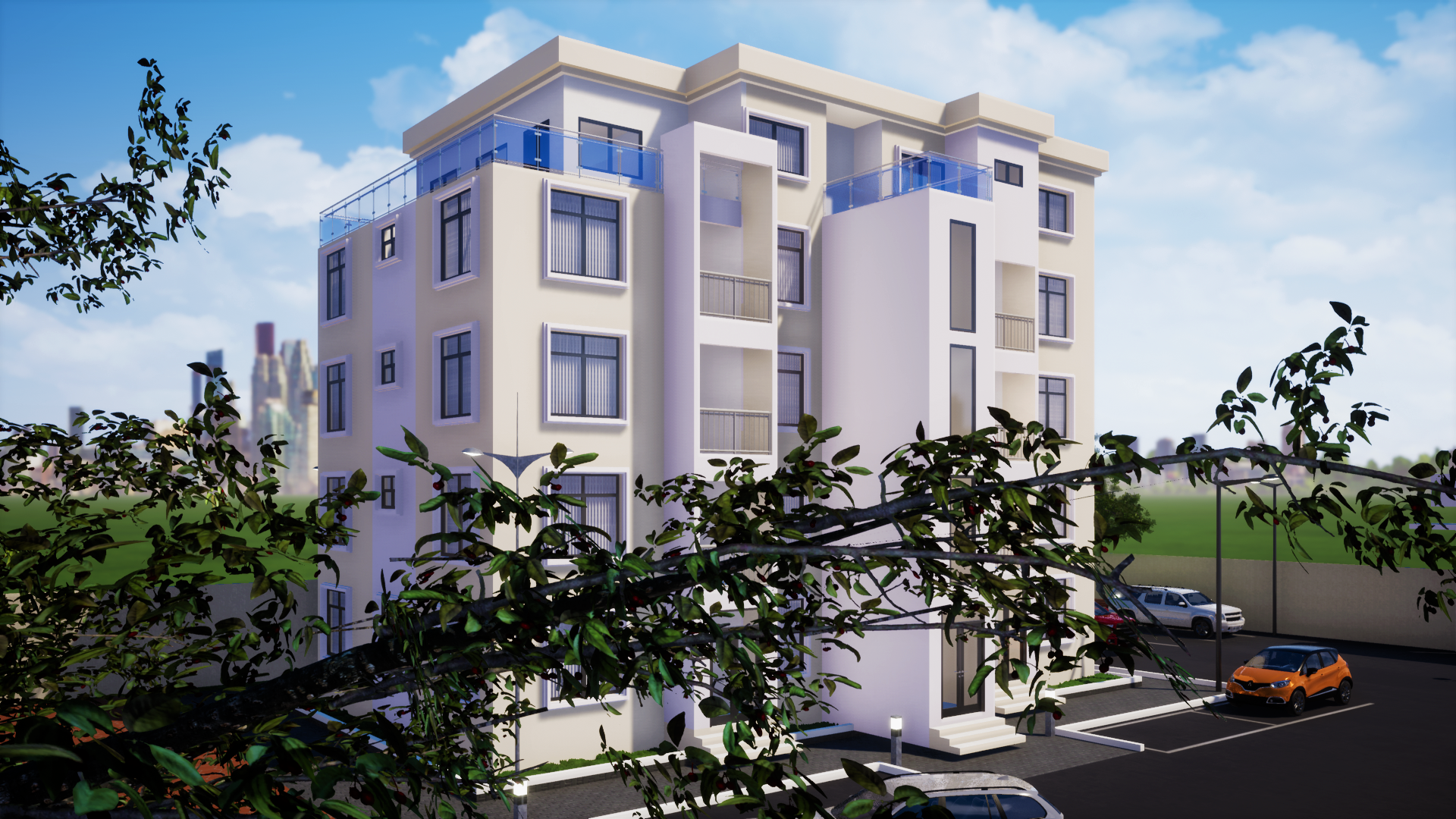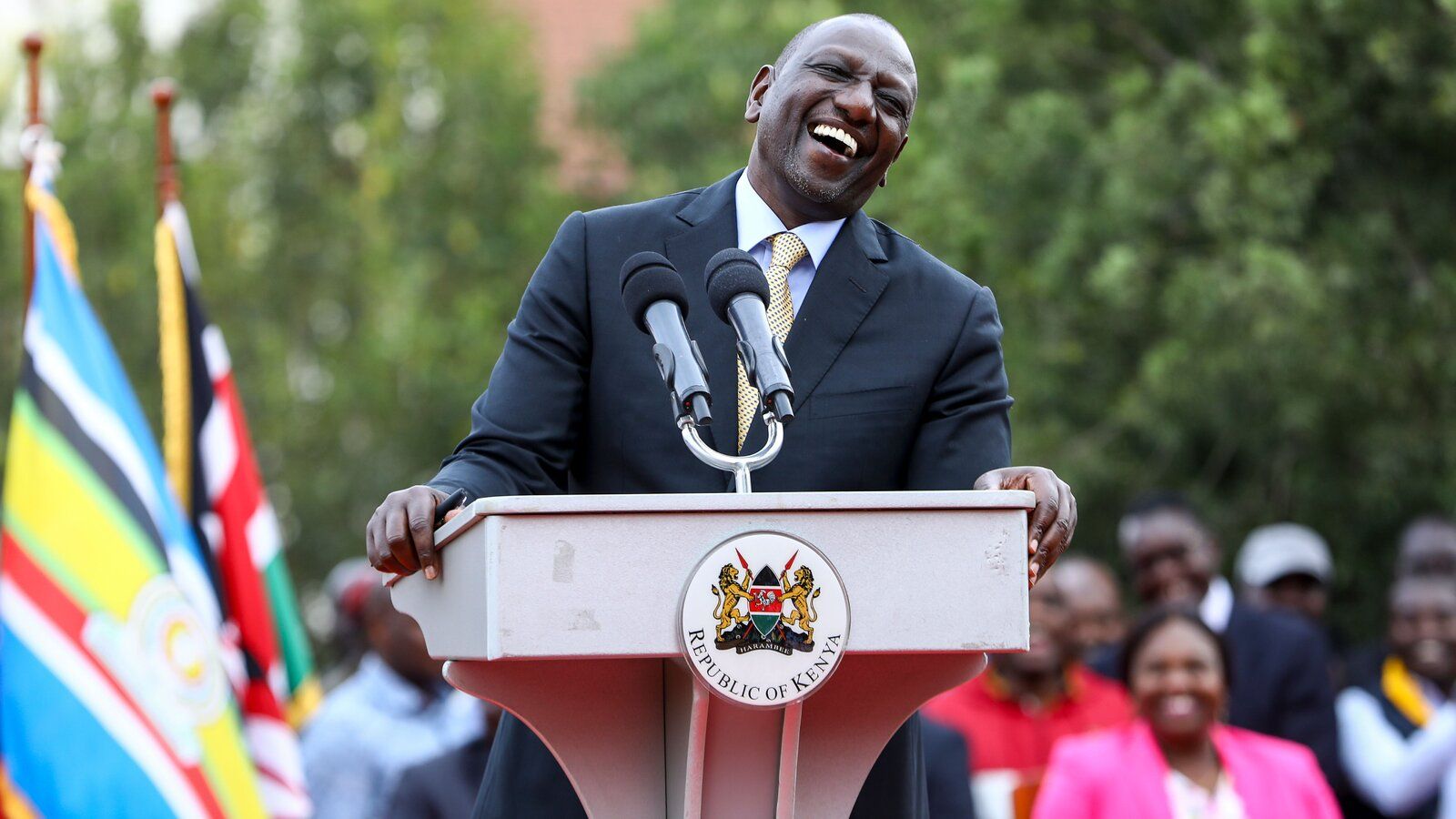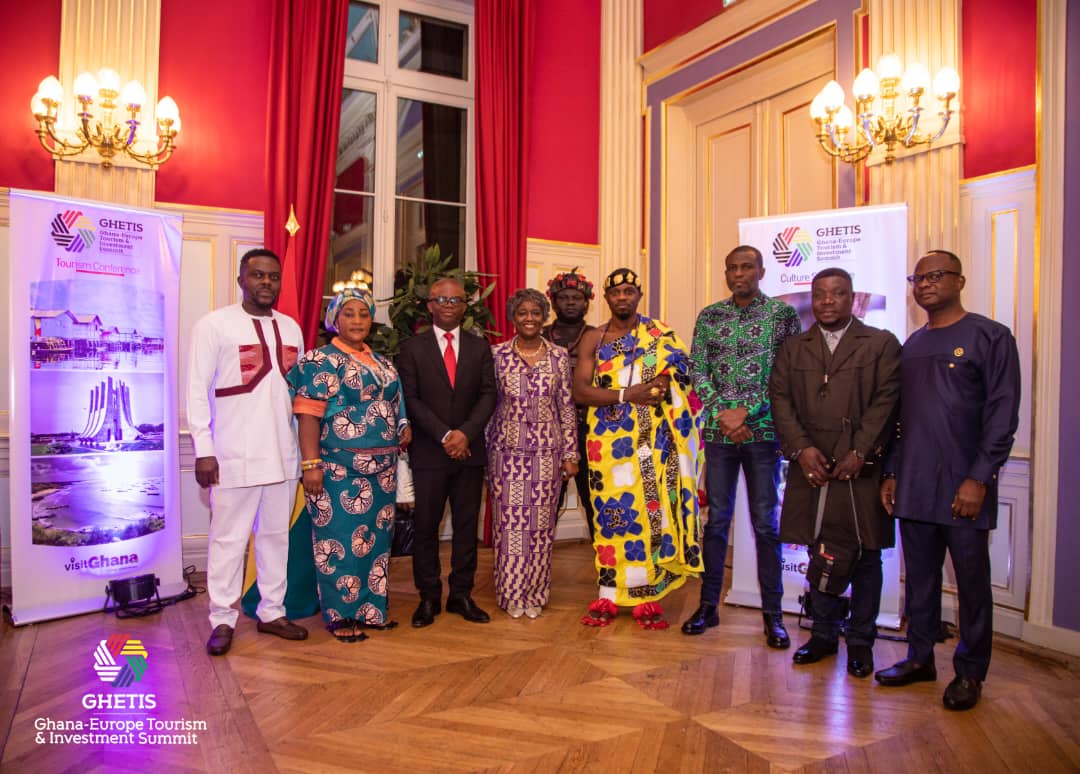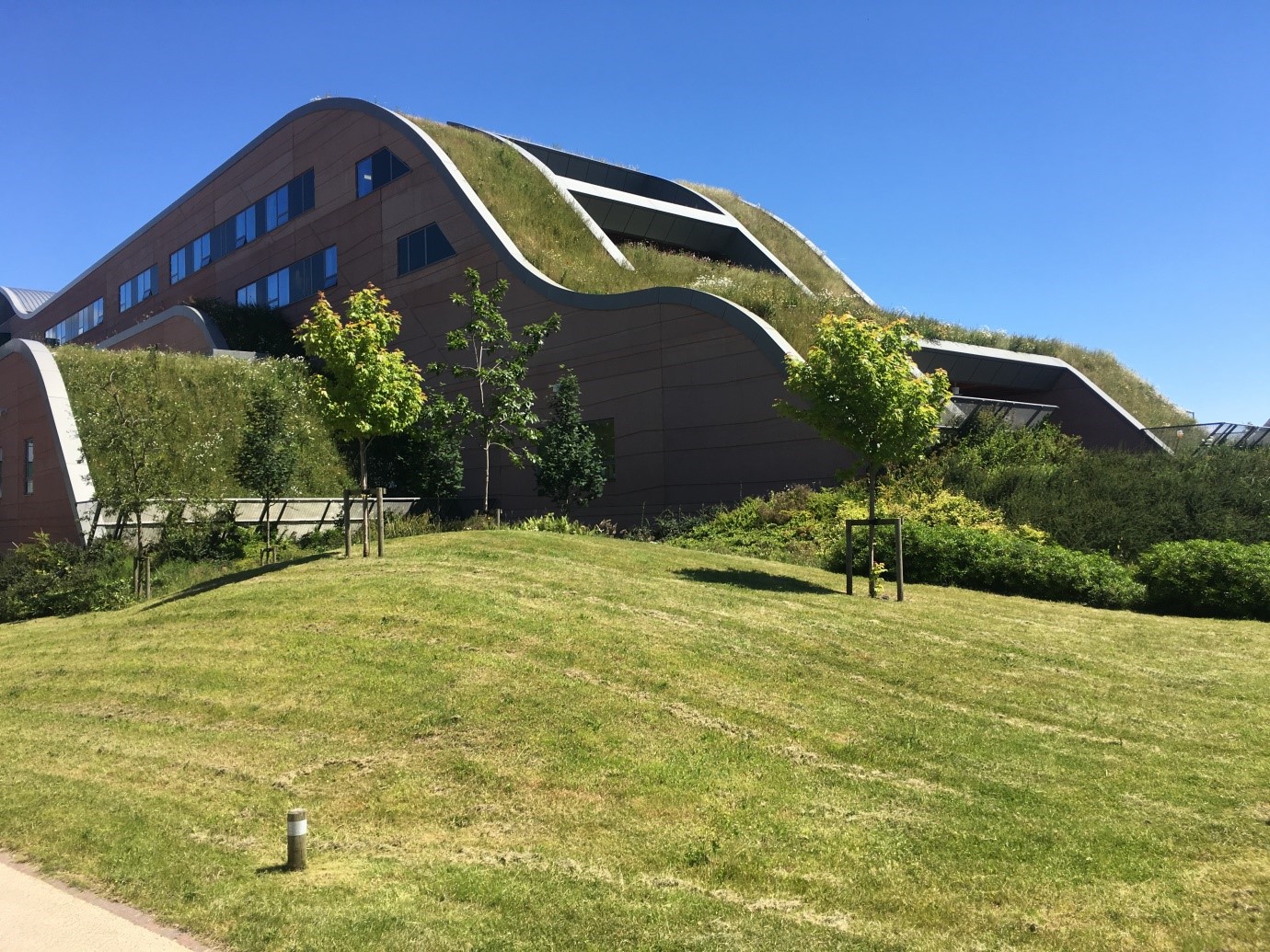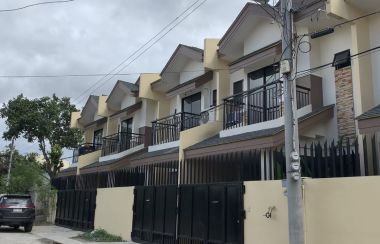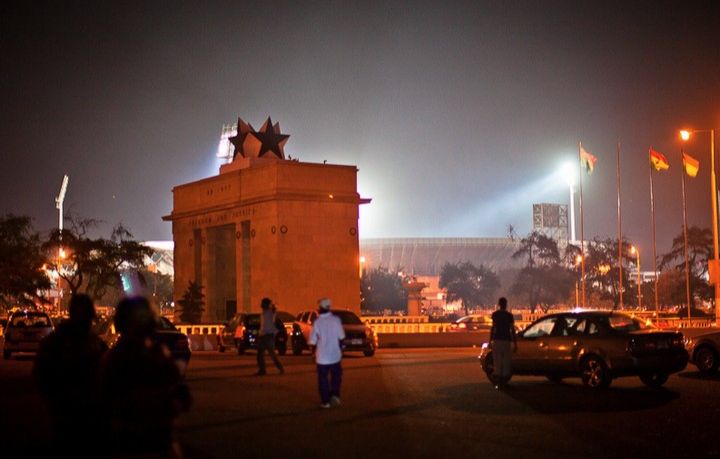Introduction of New Regional Hubs, Kumasi on Focus

The Ashanti Regional Minister, Peter Anarfi Mensah has indicated that Ashanti region, for that matter, Kumasi is a commercial hub where trading is mostly under taken. According to him, the people of Kumasi are industrious making the region a hub of commercialization.
The regional minister indicated that due to that, government had decided to redevelop the area to the standard where commercialization would be done with ease. “It is not out of anything that the government decided to ensure that Kumasi central market, moving down from Kejetia to the central market is one of the biggest in West Africa and therefore needed to redevelop the area to the standard that will aid people to go about their business with ease.” He said.

The honorable minister was speaking to the host of Daybreak Kapital, Abena Amponsah Biritwum on the January 13, 2016 edition of the show. He indicated that, he was disturbed when there were agitations on the construction of the Kejetia market. “My concern and that of government is to put up the structures that will assist well constructed vicinity for trading. I was worried over the agitations but I am glad that at the end of the day, the business community has come to accept that there is the need for the redevelopment.” He averred.
He said most of the satellite markets ( Asawasi, Tafo, Atonsu Markets) being undertaken are all indications that the government is concerned about trading activities in the region. Honorable Anarfi Mensah assured that his government was not going to relent on efforts being put in place to ensure that trading areas are well developed in the region.
nited World Infrastructure (UWI), a global infrastructure investment and development company, is launching a new city called Ghana Gold City (GGC) in the Ashanti region, adjacent to the Kumasi trading hub. GGC will cover 2,780 acres and be supported by infrastructure meeting global standards in terms of specifications, energy efficiency, and utilities redundancies.
“Ghana Gold City will set new regional and international standards as a fully integrated and sustainable living, working, and leisure destination,” said Mostafa Salim, who leads development of real estate and infrastructure assets for UWI. “Our focus on green and smart technologies in this development will facilitate on-going technology transfer to the region, further supporting Ashanti’s environmental, social, and economic objectives.”
GCC has been designed according to UWI’s signature economic cluster model.
Economic clusters are self-sustaining, urban development with a 24-hour lifecycle including live, work, and leisure spaces. Each cluster is integrated into the economic network of the region and will act as a catalyst for growth. UWI will be seeking leading providers of green and smart technologies to bring efficient and environmentally conscious systems to the design, construction, and operation of the infrastructure.
“Ghana’s stable government, growing economy, and effective government institutions support the success of new businesses and entrepreneurs,” said Imran Markar, who leads strategic relationships with institutional investors, government-linked agencies, and financial institutions for UWI. “There is a growing population in Ghana seeking the types of job opportunities which will be created by the development, making [GGC] the ideal environment for UWI’s economic cluster model.”
UWI has been working with local Ghana officials on the development plans for the last 12-months.
Ghana Gold City will include: a central commercial hub, trading village, residential village, and office park to support the logistic inland port. The development will provide flexibility for the long-term growth and expansion of the city’s needs.
Ghana currently functions as the inland port through which traders come for regional distribution. “There are many landlocked countries around Ghana and they don't have access to the ocean or ports so all goods land in Ghana which has been established as a trading hub for West Africa,” Salim said. “Included in the zones, we will have one zone to streamline the goods processing system for regional traders to increase efficiency. Another zone will provide local wholesalers with an opportunity to participate in the value chain and buy goods for transport.”
This is the first major urban development between Kumasi and Accra. Its residential areas are expected to address two key concerns for Ghanaians: road congestion along the Kumasi-Accra highway and the rising demand for home ownership. “We designed this development considering the needs of local Ghanaians,” Salim said. “Ghana Gold City gives these commuters the option to live just 20 minutes away from their jobs in Kumasi. This will ease congestion on Ghana highways and improve overall quality of life.”
As part of a larger strategy to facilitate Ghanaian residents’ wellbeing, GGC will include natural green spaces within 5 minutes of walking from anywhere in the development as well as a comprehensive networks for bicyclists and pedestrians. “We are committed to greener, smarter, and happier cities. The pedestrian and bicyclist networks will reduce carbon emissions, further ease congestion, improve road safety, and facilitate healthy lifestyle practices,” Salim said.
To ensure consistency of quality for GGC and realize its aspirations to improve quality of life for residents, UWI has designed planning guidelines for project contractors which will direct the overall design and development process including: preserving the cultural heritage of Ashanti, establishing convenient natural spaces, and providing strategic transport initiatives. “Each space will contribute to a sense of place and belonging in the community and promote impromptu meetings among students, colleagues, visitors, and residents,” Salim said. “We will foster economic growth for the entire West African region through Ghana Gold City, but at the end of the day, our work is about developing a place which benefits the people of Ghana.” The project is intended to be operational upon completion of the infrastructure by 2020.

Boom in Ghana’s aviation industry has left Ghana’s only international airport, Kotoka International Airport existing facilities stretched to breaking point. Analysts have predicted that in two to three years, Kotoka International airport would be fully packed, and due to its close proximity to the city centre, cannot be expanded. The government of John Mahama is planning to build two of the biggest airports in West Africa at Kumasi and Tamale and expand the existing regional airports as feeder airports for Tamale and Kumasi International Airports. According to an analyst closer to the government, the new travel hub in Tamale will span 18 sq miles, making it one of the biggest airport in Africa and would host 5 runways, whilst Kumasi would stretched out to over 15 miles.

According to the Ghanaian government planners, the suggested location for Kumasi airport will be to the west of the current regional airport. The government justifies this ambitious airport building program on the grounds that Ghana’s aviation market has the biggest potential for expansion in West Africa. The case for Tamale is even more compelling.
Kumasi reflects Ghana’s rising economic expansion as the first country in West Africa to achieve middle income status. It is anticipated that within a decade Kumasi’s population will double as they attract rising tide of Ghanaians and other West Africans moving there for jobs and better life.
Comments System WIDGET PACK



.jpg)



